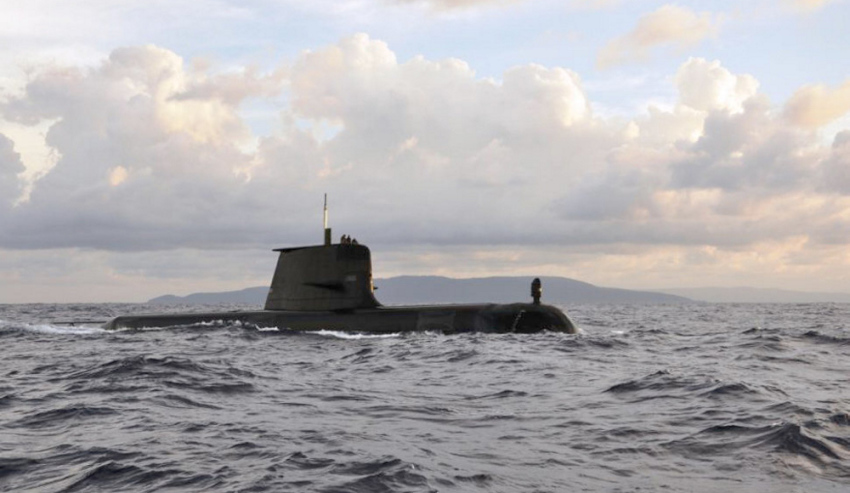The Australian naval industry could be facing a downturn of the academic variety, with a potential shortage of naval engineers and architects with the suspension of a course at one of Australia's most highly-regarded universities.
The University of New South Wales (UNSW), which is ranked 6th in Australia's top universities and 78th in the World University Rankings, this year suspended its intake for Naval Architecture under the Bachelor of Engineering degree, with the course under review for possible closure.
The suspension of the course leaves only the University of Tasmania, through its partnership with the Australian Maritime College, as the only undergraduate degree in Naval Architecture in Australia.
Students at South Australian-based Flinders University are also able to undertake a Bachelor of Engineering (Maritime) degree that is the result of a collaboration between Flinders University and the Australian Maritime College.
A spokesperson for UNSW said the decision to suspend the course is largely due to the lack of student interest in the course.
Typically, the Naval Architecture module would attract a dozen students per year within the Bachelor of Engineering degree, which has a usual intake of around 400 per year.
Spokespeople for primes in the shipbuilding industry told Defence Connect they are not currently experiencing a shortage of Australian naval engineers and architects, but some have argued more must be done to prevent a decline of Australian talent in the industry.
Austal CEO David Singleton told Defence Connect that his understanding of the issue can largely be attributed to the up and down nature of naval shipbuilding in Australia's past.
"In the past, the start-stop nature of naval shipbuilding has proved an impediment to students considering a professional career as a naval architect or engineer in Australia," said Singleton.
"Students simply did not know if there would be a job available to them once they had committed the time and money to obtaining a relevant degree, or that any job would be sustainable."
With the recent announcement of the $25 million Australian Maritime Technical College to be built in Adelaide, there has been plenty of talk of job opportunities for skilled workers in the shipbuilding industry, largely relating to entry-level trade skills like fabrication, electrical work, fitting and turning, heating, ventilation and air-conditioning.
But Singleton said, with the $89 billion shipbuilding investment over the next two to three decades, it is crucial the government and industry work together to make naval engineering and architecture more appealing to students.
"The federal government’s continuous naval shipbuilding program provides much greater confidence and incentive to commit to a tertiary education in naval architecture, with the knowledge that $89 billion is going to be spent over the next 25-30 years on patrol vessels, frigates and submarines," said Singleton
"This is important to Austal because not only do we need architects and engineers for our domestic programs, we also need them for our export orders.
"We are working constructively with local tertiary institutions to fill the gap created by the UNSW decision to suspend its course."








